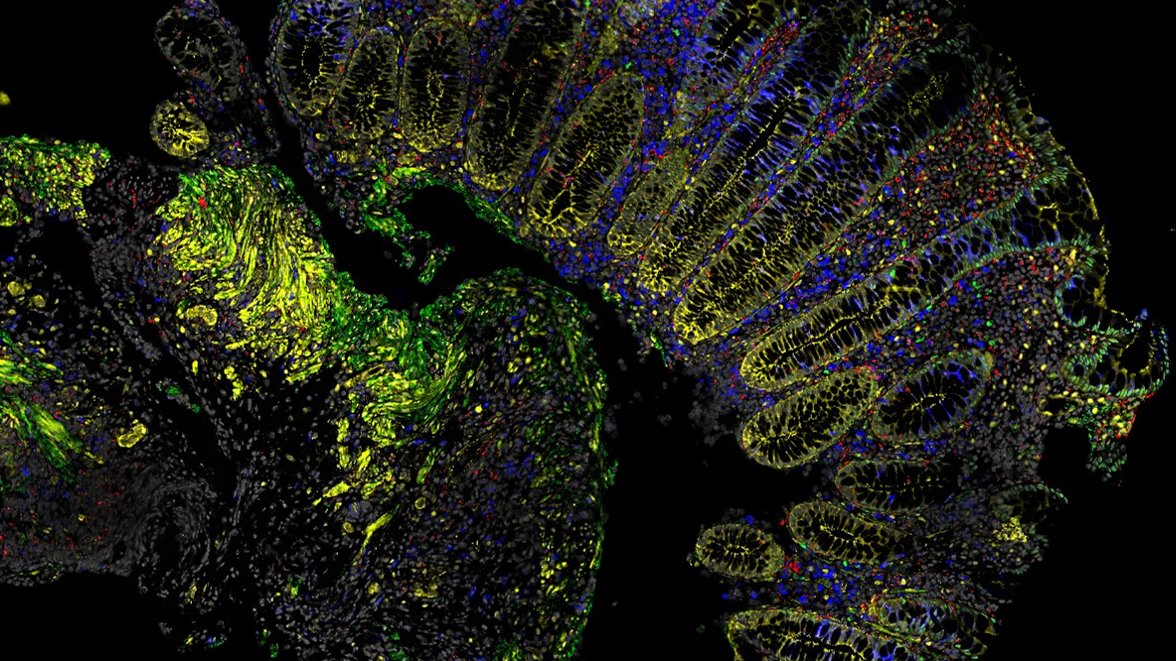Biology has long relied on imaging to unlock the mysteries of life—from the smallest molecules to the complex architecture of tissues. Today, imaging remains a cornerstone of biological discovery, with new technologies enabling scientists to explore living systems in unprecedented detail. In recognition of this rapidly expanding field, Assistant Professor Shikhar Uttam has launched a new graduate-level course: Bioimaging, Analysis and Spatial Biology.
This course is designed to equip students with a quantitative understanding of how imaging principles are integrated into biological research and scaled to the systems level using image analysis, mathematics, machine learning and systems biology. It addresses biological phenomena spanning scales from the angstrom (10⁻¹⁰ m) to millimeters (10⁻³ m), encompassing both molecular structures and tissue organization.
Students learn how imaging data are generated, analyzed and interpreted to uncover biological insights. As Uttam explained, “Data doesn’t just magically appear on your computer. The process of data generation is integral to the questions you are asking.”
Covering a broad range of imaging topics, the course introduces the fundamentals of image formation and computational imaging. It also familiarizes students with various microscopy modalities—from brightfield and phase-contrast to live-cell imaging and highly multiplexed protein and RNA detection. Special emphasis is placed on analyzing imaging outputs using image processing, machine learning, and systems biology methods implemented in Python.
Throughout the semester, students complete homework assignments that bridge theory and application, culminating in a final project that integrates the knowledge gained during the course. The diverse backgrounds of the enrolled master’s and doctoral students enrich class discussions and help shape the evolving structure of the course.
Bioimaging analysis is becoming an increasingly valuable skill across developmental biology, cancer biology, immunology, pathology and biotechnology. Uttam created this course to deepen students’ understanding of this critical skill set.
“Our program is exceptionally strong in computational genomics and structural biology. I want it to become equally strong in computational bioimaging,” he said. “Developing this expertise among students will be highly valuable, as the advent of new experimental tools is fostering growing interactions between these different branches of computational biology.”
Skills in bioimaging analysis are also readily transferable to medical imaging technologies such as MRI, CT scans and ultrasound, offering students broad career opportunities.
The field of bioimaging analysis and spatial biology is poised for rapid growth as new technologies enable higher resolution, multidimensional, large-scale, and high-throughput imaging. “Handling the massive amounts of data generated by these technologies and extracting meaningful insights remain key challenges—and as a result, offer exciting opportunities for the next generation of computational biologists,” Uttam said.
Learn more about the Bioimaging, Analysis and Spatial Biology course.


